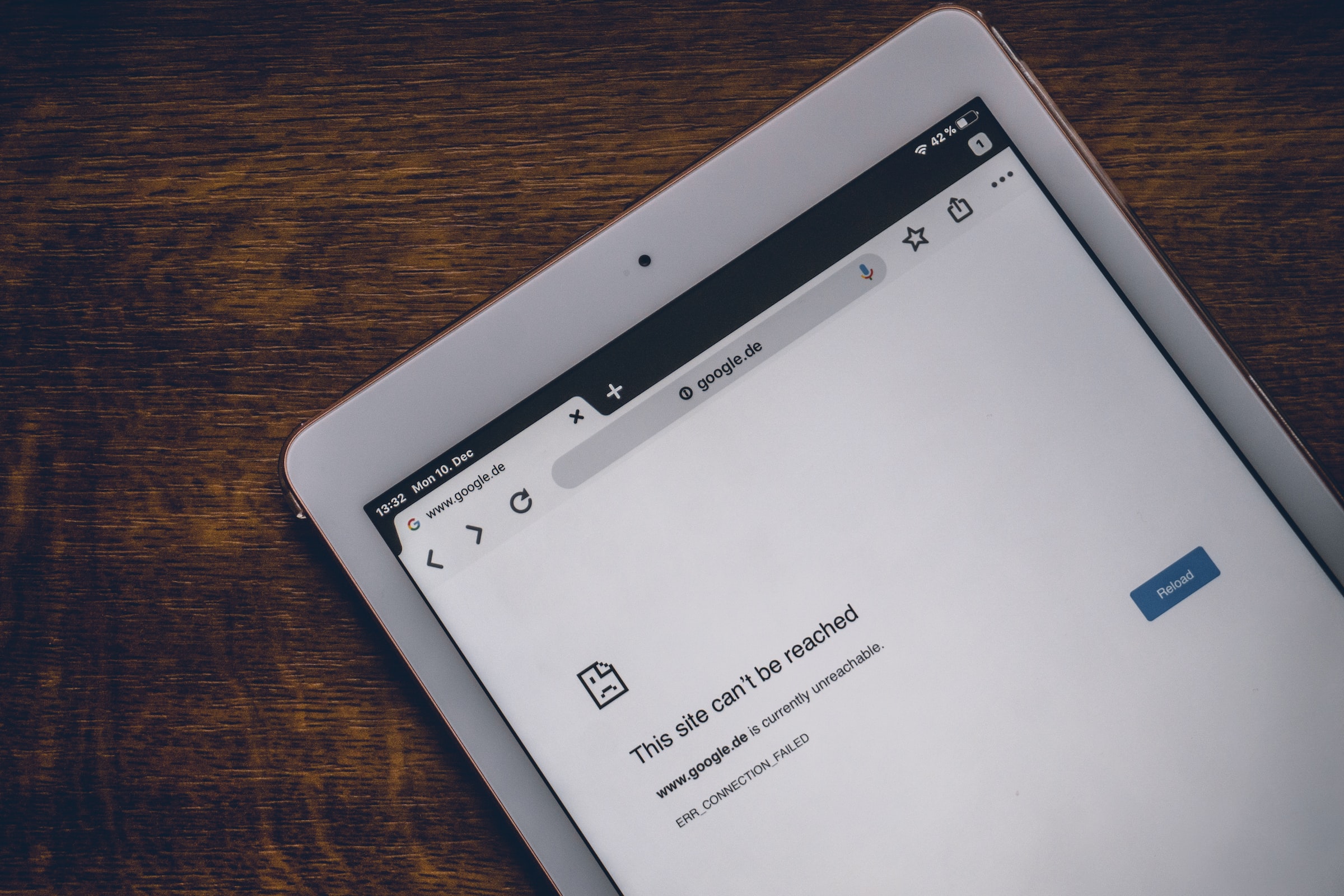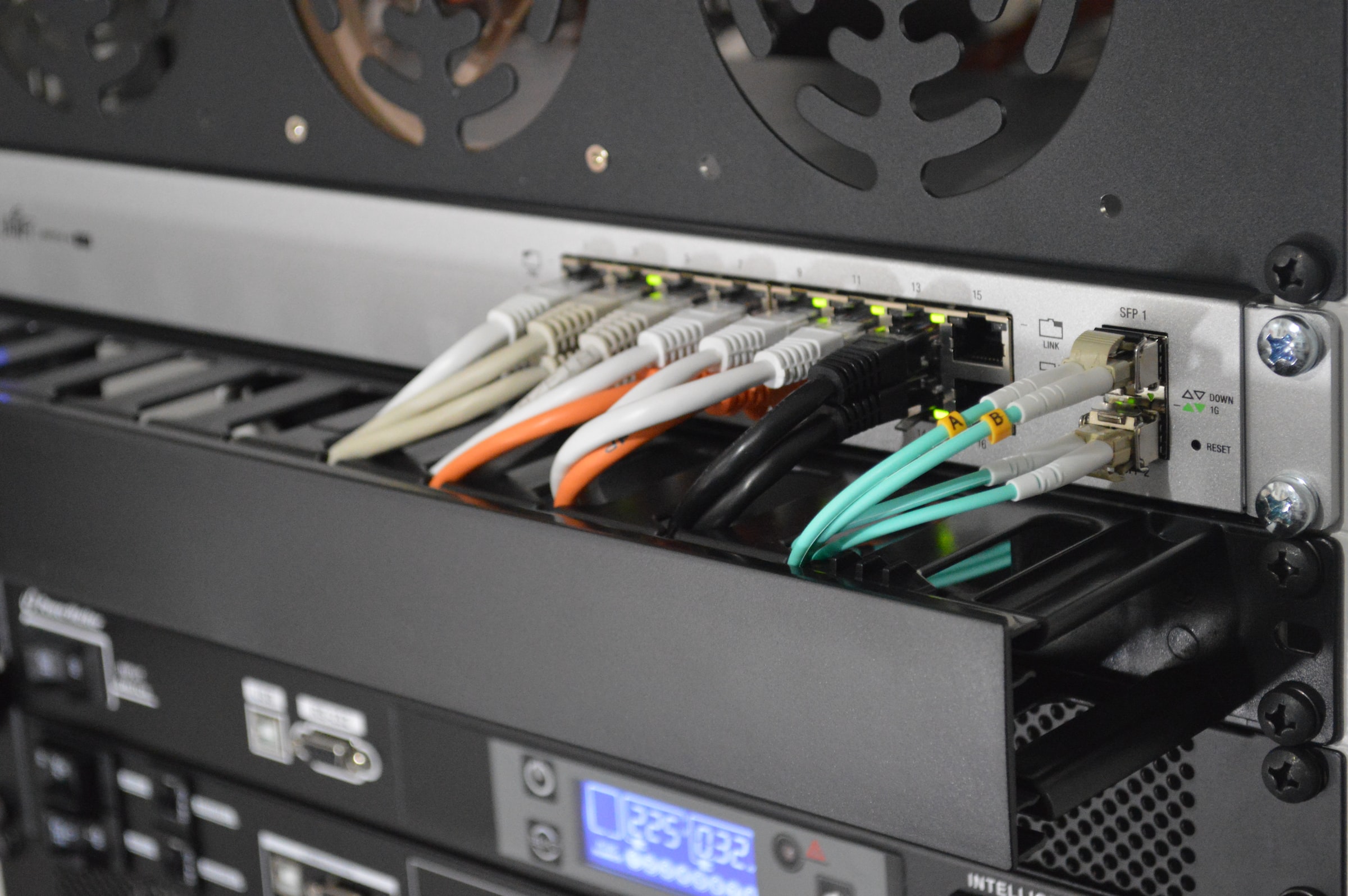Have you ever had to troubleshoot your internet connection? If so, then you’ve probably heard of the term “Flush DNS.” If not, don’t worry—this article will help bring you up to speed! Flushing DNS is one of the most popular techniques for clearing your DNS cache and troubleshooting internet connectivity issues. In this post, we’ll explain what DNS is, why it needs to be flushed, and how to flush it. We’ll also provide tips on how to prevent future issues with your internet connection. Ready? Let’s get started!

What is DNS and how does it work?
DNS, or the Domain Name System, is a system that translates human-readable website names into numerical IP addresses. When you enter a website name into your browser, DNS servers look up the corresponding IP address for that site and direct your computer to it.
DNS servers are like the phone books of the internet. They keep a record of all the websites and their corresponding IP addresses. When you type in a website name, the DNS server looks up the IP address associated with that domain and sends it back to your computer. Your computer then uses that IP address to connect to the website.
You can think of DNS as a telephone book for websites. Just as you need a phone book to find someone’s phone number, your computer needs DNS to find a website’s IP address.
The DNS system is a hierarchical network of servers that are spread around the world. Each server is responsible for a specific portion of the internet and contains information about that portion. This makes it easy to quickly find the IP address associated with a website name.
How to clear your DNS cache
Your DNS cache stores the locations (IP addresses) of websites you have recently visited. When you type a URL into your browser, your computer will first check its DNS cache to see if it already knows the IP address for that website. If it does, your browser will be directed to the website much faster than if it had to look up the IP address itself.
Sometimes, however, you may visit a website and find that it’s not working properly. This could be because the DNS cache on your computer is outdated and still contains the IP address of the old location of the website. In this case, you can clear your DNS cache to remove all the stored IP addresses and force your computer to look up new ones.
Here’s how to clear your DNS cache in Windows:
- Open the Command Prompt by clicking Start > All Programs > Accessories > Command Prompt.
- Type “ipconfig /flushdns” and press Enter. You should see a message that says “Successfully flushed the DNS Resolver Cache.”
- That’s all there is to it! Once you’ve cleared your DNS cache, any outdated IP addresses for websites will be removed and you’ll be able to access those websites using their new locations.
How to clear DNS cache on Windows, Mac, and Linux
Flushing your DNS cache can be a useful troubleshooting step when trying to access a website that isn’t loading properly. It’s also a good way to clear out any bad DNS entries that might have gotten stored on your computer. Here’s how to clear DNS cache on Windows, Mac, and Linux.
On Windows, you can flush the DNS cache by opening the Command Prompt and running the command “ipconfig /flushdns”. On Mac, the process is a little different. You’ll need to open the Terminal and run the command “sudo killall -HUP mDNSResponder”. Finally, on Linux, you can use the command “sudo /etc/init.d/nscd restart” to flush the DNS cache.
Flushing DNS: Pros & Cons

When your computer makes a request to a website, it checks its DNS cache to see if it has the IP address of that website stored. If the DNS cache does not have the IP address of the website, your computer will ask a DNS server for the IP address.
Flushing your DNS cache can be helpful if you’ve recently changed the DNS settings for a domain or website and you want your computer to use the new settings. Flushing your DNS cache can also help resolve certain types of errors and connection problems.
However, there are also some potential downsides to flushing your DNS cache. For example, if you flush your DNS cache too often, it can lead to increased wear and tear on your hard drive. In addition, flushing your DNS cache can make your computer more vulnerable to certain types of attacks.
Overall, whether or not you should flush your DNS cache is a decision that depends on your individual needs and circumstances. If you’re experiencing problems with a particular website or domain, flushing your DNS cache may help resolve the issue. However, if you don’t need to flush your DNS cache frequently, it’s probably best to leave it alone.
Conclusion
Flushing your DNS cache is a simple and easy way to give your computer’s internet performance a boost. By understanding what it does, you can easily flush the cache whenever necessary. If you have any trouble with IP address changes or web page loading issues, flushing the DNS might help sort out these problems quickly. Remember to always keep your computer up-to-date with the latest security patches, as this could also be beneficial in solving any connection issues.